Photography courtesy of Lowell Washburn, all rights reserved.
Our nights are becoming cooler; the days growing shorter. Right on schedule, monarch butterflies are winging their way across the Iowa skies. Enroute to ancestral wintering grounds, the migration provides an annual explosion of color. Of all the wonders the Iowa outdoors has to offer, perhaps none is greater; perhaps none is harder to fathom than the monarch’s magnificent journey. The flight is nothing short of a migration miracle.
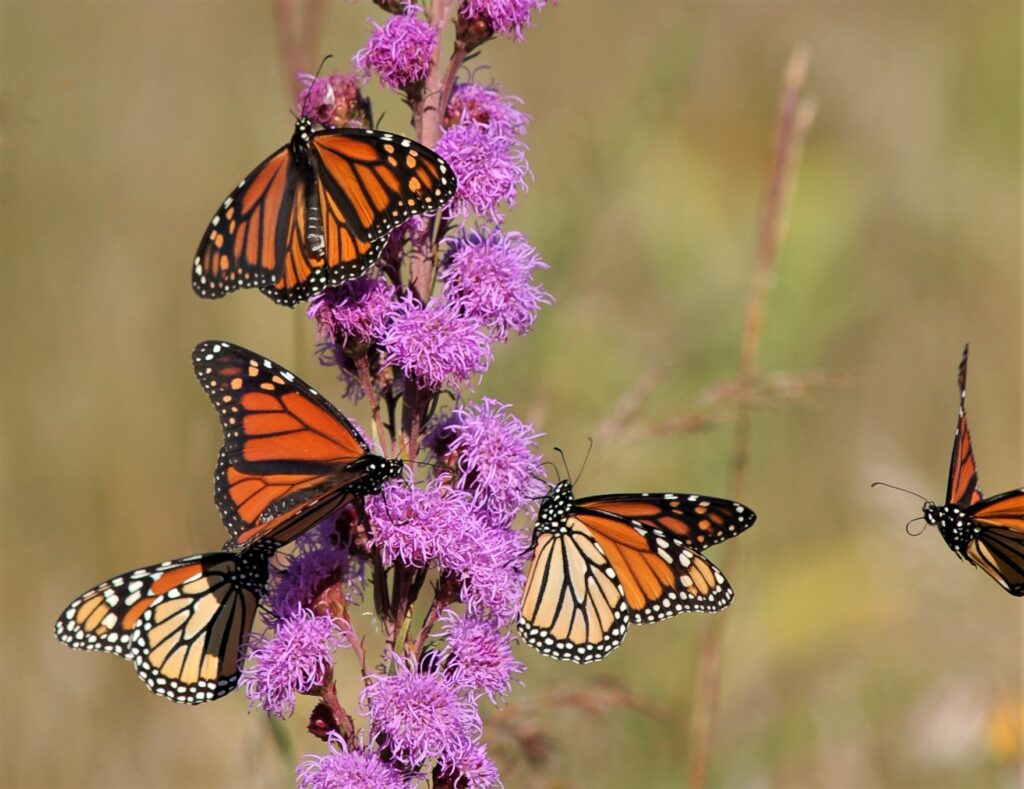
The miracle begins in late March as monarch survivors begin flying northward from the high-altitude Mexican fir forests where they have spent the winter. Arriving in Texas, the monarchs mate, lay eggs, and die. Eggs hatch into boldly striped caterpillars which soon morph into the familiar orange and black adults. With an average lifespan lasting only four weeks, newly emerging adults are quick to wing further north where they also mate, lay eggs and die. The multi-generational cycle is repeated over and again until by late summer, the great great grandchildren of the monarchs which left Mexico in March arrive on the flowering prairies of southern Canada.
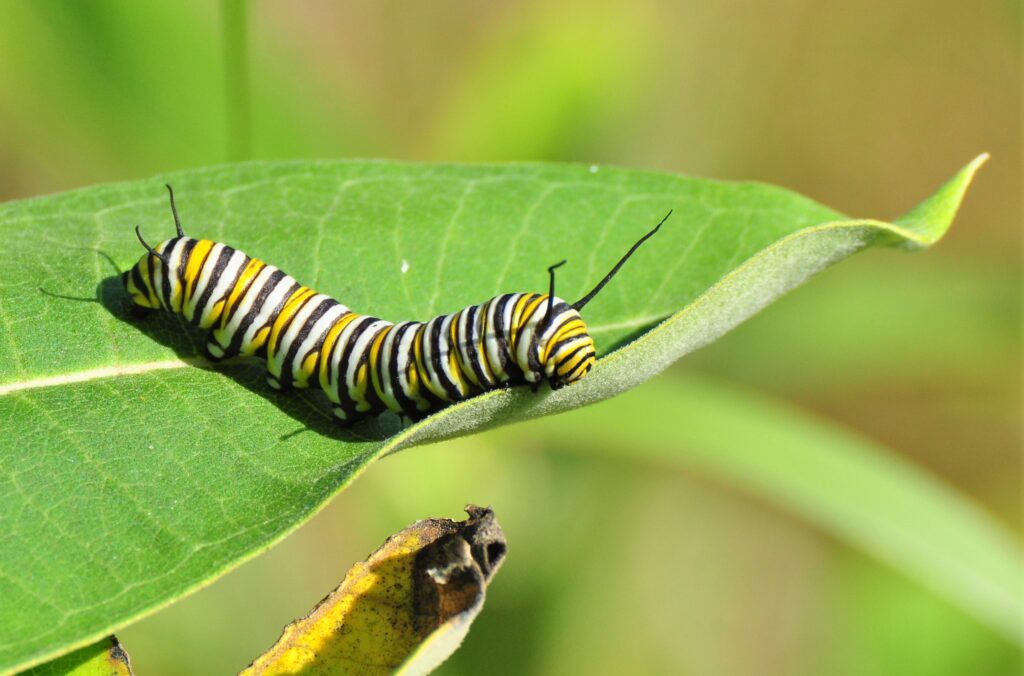
As summer wanes, the monarch’s internal compass is suddenly reversed. Instead of continuing north, emerging butterflies now feel the irrepressible urge to move southward. For the first time since early spring, adults move south, lay eggs, and – instead of dying — live. More about that extended lifespan in a moment.
Taking to the sky on paper thin wings, butterflies moving south out of Canada embark on one of earth’s most remarkable marathons. Often referred to as the Super Generation, these late summer monarchs face a life-threating 3,000-mile-long gauntlet of wind, rain, hail, and an endless list of additional perils. Migrating by day, monarchs may cover anywhere from 50 to more than 100 miles per day. The all-time long-distance record holder was a tagged monarch which, aided by favorable winds, traveled an incredible 265 miles in a single day. Between flights, adults feed ravenously on the nectar of flowering prairie plants. For butterflies migrating through Iowa, the nutrient rich flowers of blazing star are a preferred, high energy food source. With the approach of nightfall, traveling monarchs gather into communal roosting flocks containing hundreds or even thousands of butterflies.
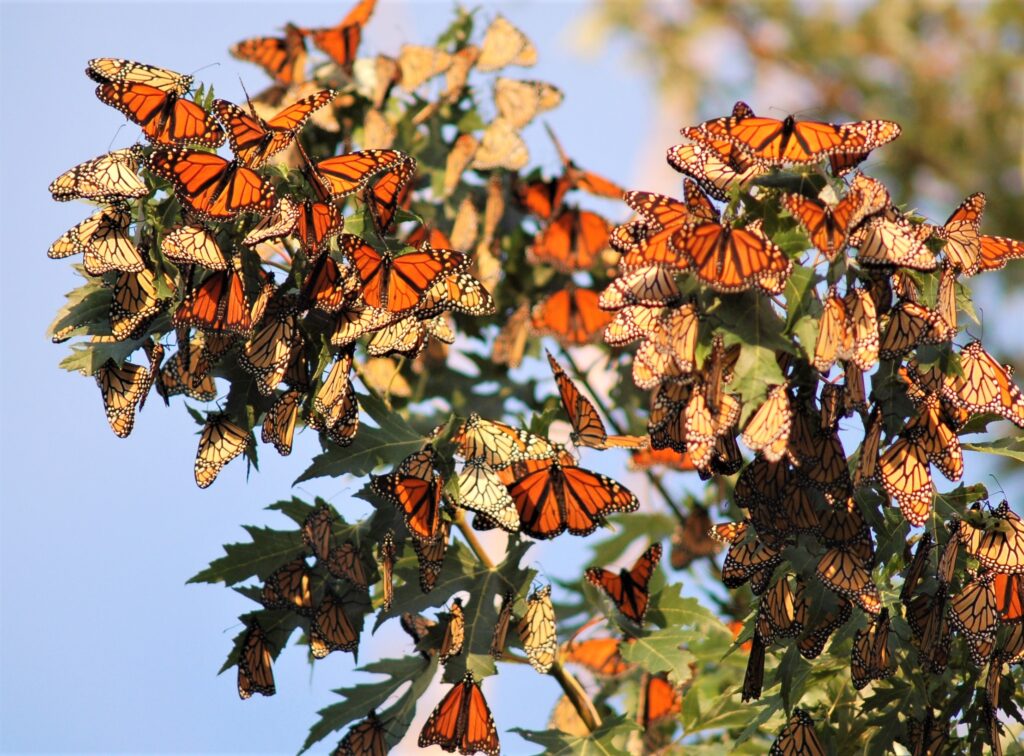
Although the migration trail is littered with casualties, many butterflies survive the flight, reaching the highlands of central Mexico by early November. But the journey is not over. In order to complete their migration, wing weary monarchs must now tackle the most grueling hurtle of all – a seemingly impossible, vertical accent to the two-mile-high coniferous cloud forests where they will spend the winter. The climb to the forest is a high stakes, all or nothing venture. No eggs, caterpillars, or adults remain to the north. For monarch butterflies, the literal survival of their kind depends on successfully reaching the high-altitude forest.
Biologists, mainly through wing tagging efforts and DNA research, have discovered that monarchs who successfully complete the climb may orient to the very same trees occupied by family ancestors. Mind boggling when you consider the fact that no monarch has ever made a round trip migration and that four or five generations have passed since the last family member spent the winter at this tree. Let total improbability of that soak in for a second.
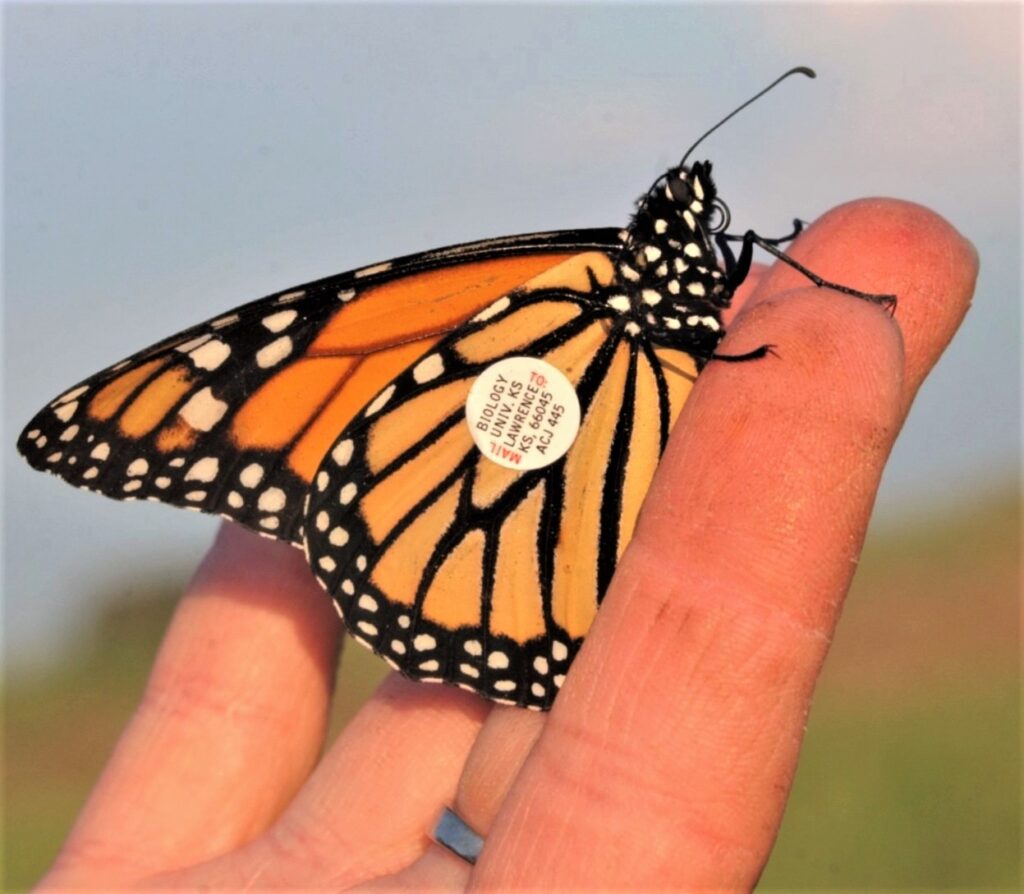
But there’s even more to the story, as the monarch miracle continues. Remember that extended lifespan mentioned earlier? While previous generations of adults were only able to live for about four weeks, members of the Super Generation will survive for eight months – a lifespan that is the insect equivalent of tapping into the Fountain of Youth. Several years ago, my good friend and former Peace Corps volunteer, Dan Schutte, informed me that in Mexico, many butterfly enthusiasts are unfamiliar with the term Super Generation. Instead, Mexican entomologists refer to wintering monarchs as the Methuselah Generation in direct reference to the name of the oldest man listed in the Bible.

[Photo is credited to U.S. Army Signal Corps., although at least four other photographers have claimed the work]
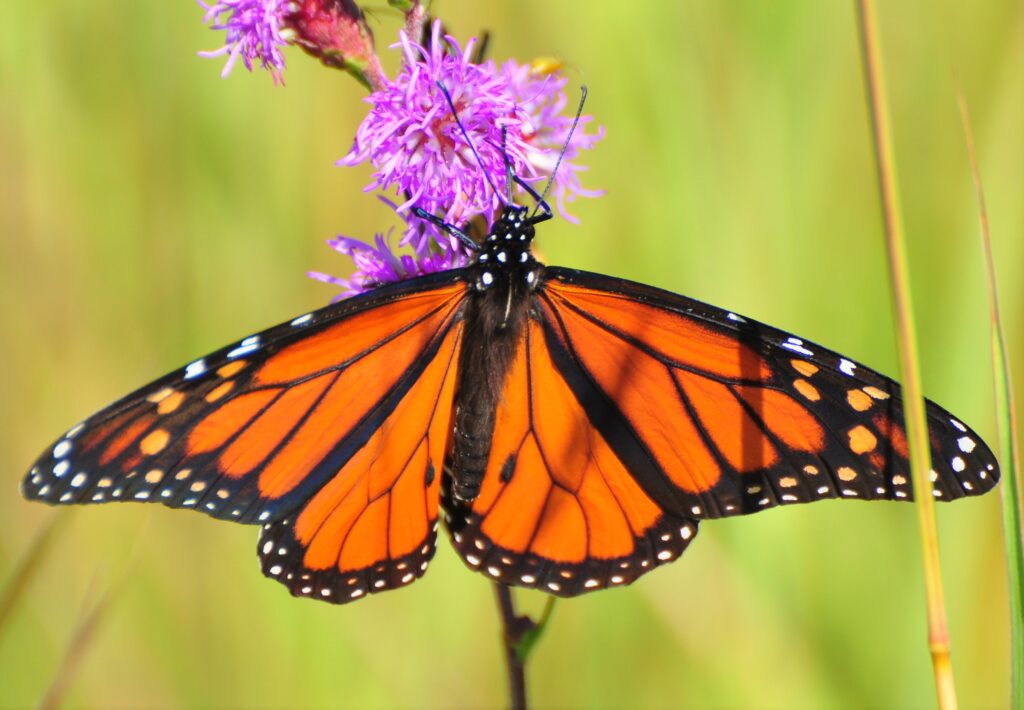
Although there are clues and theories, humans have yet to fully understand the mechanisms that annually guide butterflies from the Canadian prairies to distant winter homes in the Mexican highlands. Science also continues to ponder how the Methuselah Monarchs are able to shut down many of their internal systems while, at the same time, remaining active throughout the cool high-altitude winter. But whether it is understood or not, one thing is certain. No matter how many times it is told, the story of the monarch butterfly never fails to spark the imagination. In all creation, the monarch’s epic migration remains one of the world’s most amazing events.

 Tom Cope
Tom Cope Sue Wilkinson
Sue Wilkinson Susan Judkins Josten
Susan Judkins Josten Rudi Roeslein
Rudi Roeslein Elyssa McFarland
Elyssa McFarland Mark Langgin
Mark Langgin Adam Janke
Adam Janke Joe Henry
Joe Henry Kristin Ashenbrenner
Kristin Ashenbrenner Joe Wilkinson
Joe Wilkinson Dr. Tammy Mildenstein
Dr. Tammy Mildenstein Sean McMahon
Sean McMahon